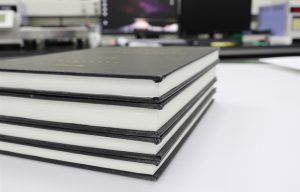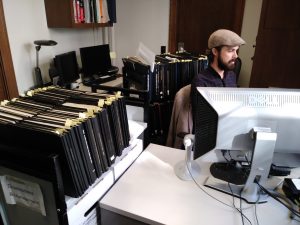~This post is courtesy Polina Ilieva, UCSF Archivist.
The Premise:
Many within the scholarly community have been trying to achieve a large-scale transition to open access (“OA”) to scholarly literature for nearly twenty years. To date, only around 15% of peer-reviewed journal articles are published in fully open-access journals. At this rate, realizing a full OA scholarly universe could take decades. If we within the research community are going to accelerate progress toward free readership for all, we must make critical choices about how we spend our money in supporting OA publishing.
To advance data-driven decision-making on these issues, in March 2018, the University of California (UC) libraries and the California Digital Library released the Pathways to Open Access toolkit. The Pathways toolkit analyzes the many approaches and strategies for advancing the large-scale transition to OA, and identifies possible next action steps for UC system-wide investment and experimentation.
We also designed the Pathways toolkit to be a practical resource for other institutions wrestling with the same choices. Now, we invite you to join us in this decision-making process to create localized plans suitable for your own institution or community.
The Call:
Participate in a two-day working forum focused on action-focused deliberations about redirecting subscription and other funds toward sustainable open access publishing.
The Details:
Who: North American library or consortium leaders and key academic stakeholders are invited to substantively deliberate and develop plans for how they will repurpose budgets and subscription spends to support a transition to open access publishing.
The forum seeks to engage participants with relevant decision-making responsibilities involving subscriptions, licensing, collection development, publication policy, research funding, and other strategic areas. This may encompass more than one individual attending on behalf of an institution or community.
When: October 16-17, 2018
Where: UC Berkeley (Berkeley, California)
What: A two-day working forum that inclusively engages participants in deliberations of OA approaches and strategies–with an eye toward empowering local decision-making. Diverse views on pathways for transitioning to open access are encouraged. The forum will be governed by a public statement of diversity and inclusion spanning from the planning process through the event itself. We are exploring ways to make portions of the event available remotely for those unable to attend in person.
Participants will have a meaningful opportunity to:
1. Understand actionable mechanisms and opportunities for advancing the transition to OA
2. Engage in facilitated, substantive exchange on the pragmatics of each of these strategies
3. Accelerate their own action initiatives based upon the discussions
After first-day discussions, attendees will have dedicated time to further consider, align with, or plan for implementing various strategies, suitable for their institutions or communities.
For a preview of the panoply of OA approaches (Green, Gold Non-APC, Gold APC) and funding strategies that will serve as a basis for discussion and decision-making, please see the UC Libraries’ Pathways to OA toolkit.
How much: This working forum is free to attend. No registration fees will be charged, and invited speaker travel and lodging will be covered by the University of California Libraries. Attendance includes breakfast, lunch, snacks, and one dinner.
Additional details and a registration form are forthcoming.
Questions in the meantime may be directed to: schol-comm@berkeley.edu






 ~This story is courtesy Jenny Blair and
~This story is courtesy Jenny Blair and 